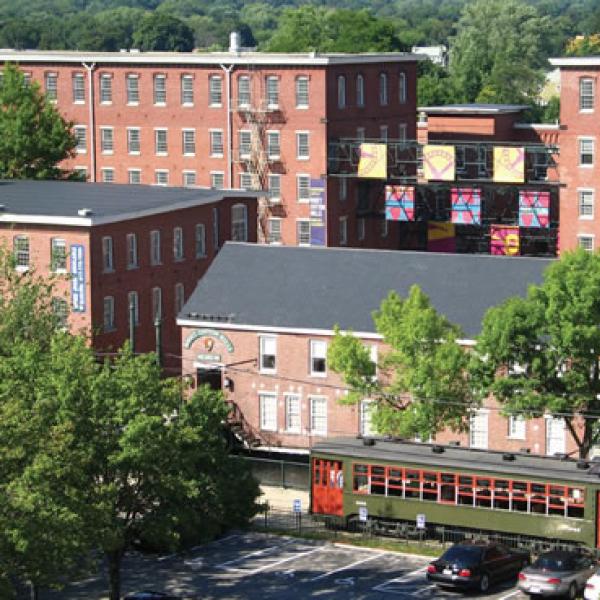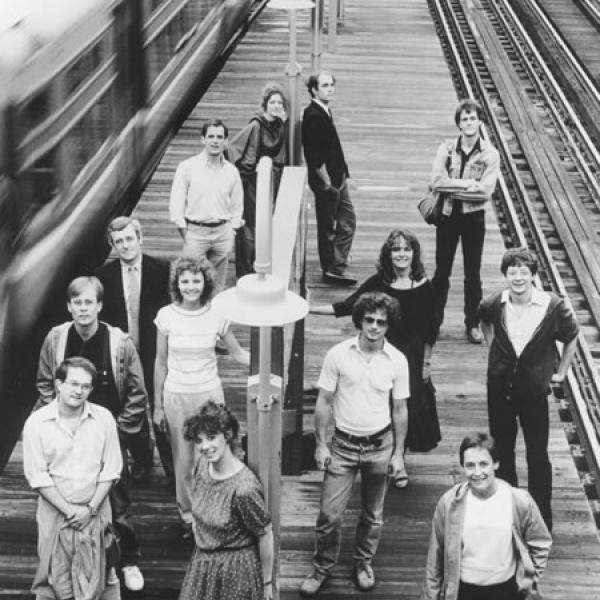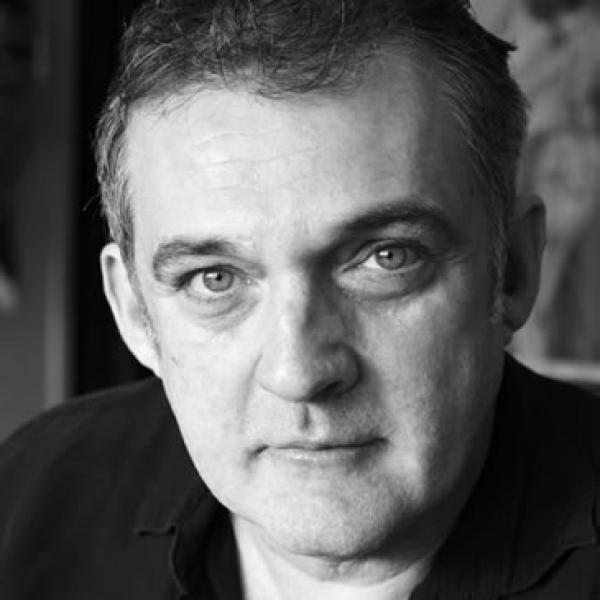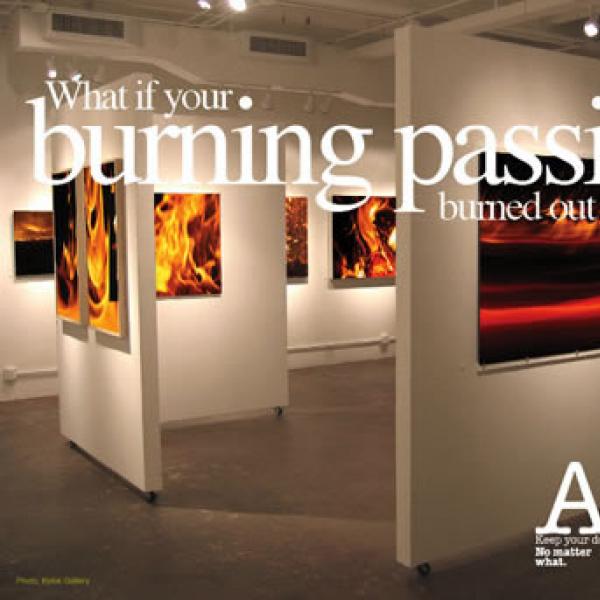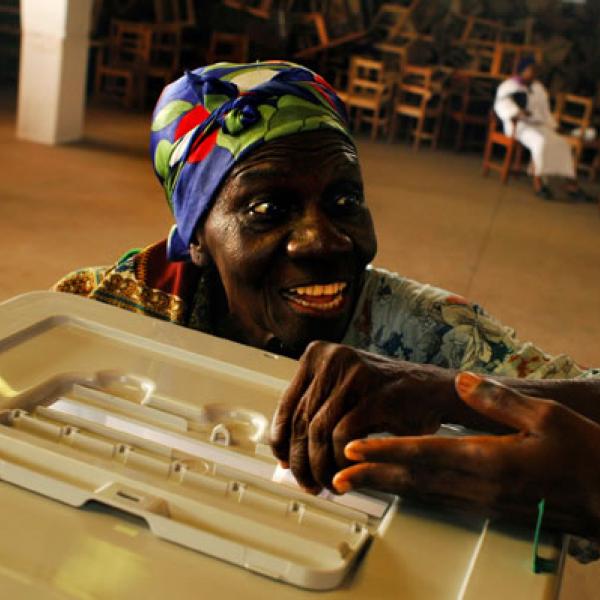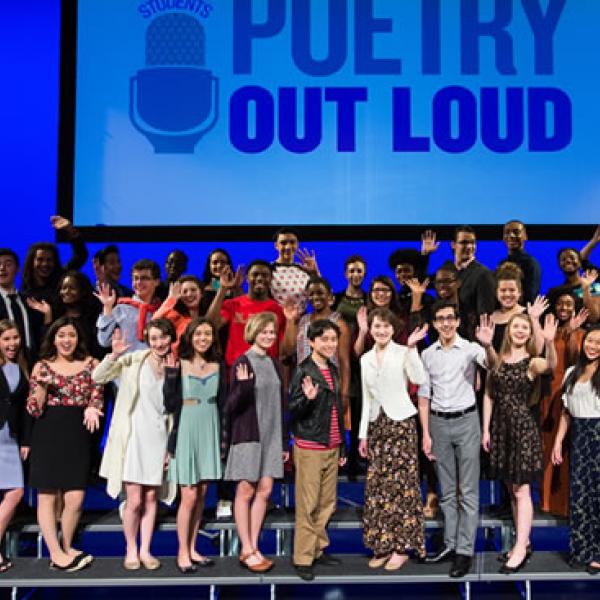Shelter from the Storm
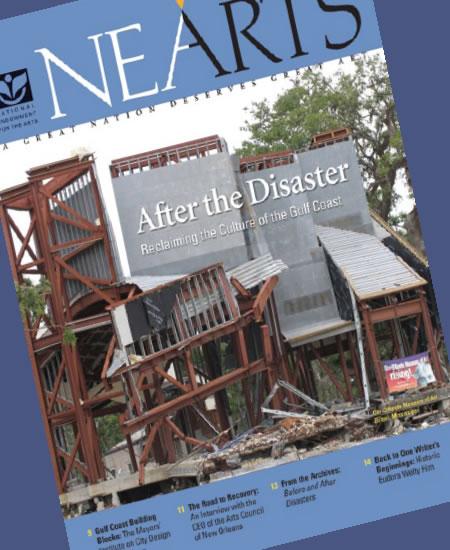
"When you live in a place like Mississippi, you are so used to suffering that things like economic recessions and economic downturns don't even really register," said Malcolm White, Mississippi Arts Commission's executive director since 2006. He stepped into this challenging position only a few months after Hurricane Katrina hit and devastated the entire state, physically and emotionally. "There's that line from a song: ‘When you ain't got nothing, you ain't got nothing to lose.' So we're kind of used to not having much. We've long since made our own way and learned to live on little, and the arts are resilient."
Mississippi Arts Commission (MAC) may feel it came out of the storm with just a little, but its impact and influence on supporting and rebuilding not only the arts in Mississippi, but the architecture and public morale as well, has been monumental through the years.
MAC was founded in 1968, in part from funds from the still fledgling National Endowment for the Arts. Since then, MAC has striven to make the state's rich cultural heritage accessible to its community, from the blues of the Mississippi Delta to the writings of William Faulkner and Eudora Welty. For a state with chronically high unemployment and an educational system that consistently ranks near the bottom of the National Assessment and Educational Progress annual report, this has not been easy. But MAC places a high priority on providing access to the arts to these underserved communities. Projects such as Museums on Wheels, a traveling exhibit on the basic elements of visual art geared for both adults and students, and the Mississippi Arts Hour, a weekly arts interview radio show, showcase the importance of arts in ways that bring it right to the communities' doorsteps. MAC has also launched specialty websites providing detailed information about local visual and folk artists.
Making the arts a priority in schools is also one of MAC's major goals. The organization launched the Whole Schools Initiative in the early 1990s as a small-scale grant program; it has now blossomed into a successful, nationally recognized arts integration education model. Whole Schools provides teachers at all school levels with opportunities for retreats and seminars on practical ways to incorporate the arts into daily curricula. The commission recently created another education initiative that not only weaves the arts into school curricula, but also addresses a major statewide issue: childhood obesity. MAC partnered with Blue Cross Blue Shield of Mississippi to create Moving Toward the Art of Good Health, which trains physical education teachers in ballroom dancing in order to bring that artistic skill and new form of exercise into school gymnasiums all across the state.
While access and education are roles traditionally addressed by an arts agency, MAC is one of the few forced to rethink their grantmaking by nature: specifically, the 2005 Gulf Coast hurricanes.
"We don't just make grants and services in good weather," said White. "The way we deliver it is a bit different now than when I arrived. I think we ramped it up and created this new kind of role, this new kind of voice, this new kind of expectation that we have a role to play."
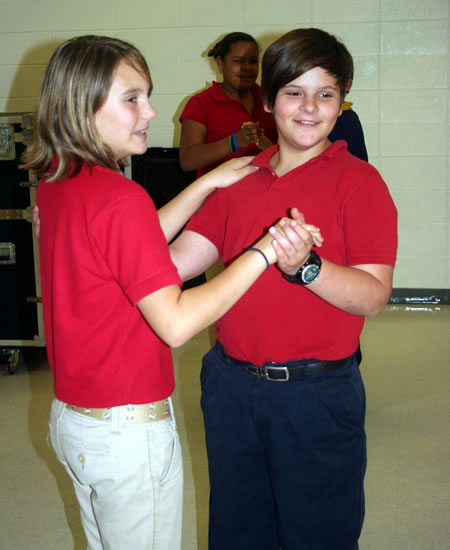
|
Post-Katrina, many of Mississippi's famed buildings and bridges were in ruins. One such building was Biloxi's Ohr-O'Keefe Museum, for which noted architect Frank Gehry had been charged with designing a new museum campus. Before the storm, it had taken four years for Gehry to complete the design; construction of the space had begun a year before the storms hit and ripped apart what had been started. MAC received a Gulf Coast Hurricane Relief grant from the NEA for more than $50,000 and put a chunk of that toward helping to rebuild the museum. The museum itself received its own NEA grant for $15,000, which not only supported renovations but also allowed conservation scientists from the Winterthur Museum in Delaware to restore the Ohr-O'Keefe's famed art collections. In November 2010, the museum opened what they called Phase I of the new museum, which includes the Mississippi Sound Welcome Center, IP Casino Resort Spa Exhibitions Gallery, Gallery of African American Art, and the Pleasant Reed Interpretive Center. Additional sections of the museum are expected to be unveiled this year.
When the Bay St. Louis Bridge, which connects Bay St. Louis and Pass Christian, collapsed because of the storm, MAC worked with the Hancock County Chamber of Commerce and the Mississippi Department of Transportation to not only rebuild the bridge, but to incorporate local art into the structure. What came out of this collaborative effort was the Bay St. Louis Public Art Project, where the three groups chose drawings from local artists that were then made into 22 mile-marker brass plaques along the length of the bridge. Two large-scale stone markers flanking the bridge entrance also feature beautiful Mississippi artwork.
"We were front and center on the rebuilding of the bridges because we had this thought that yes, we could rebuild bridges, but if we really focused on connecting communities through bridges using the arts and culture, then we would be more successful," said White. "So both of the major bridges…that were rebuilt had walking trails, bike trails, and art on them, and they tell the community story as you go from one side to the other."
When a whole state gets destroyed, it would be easy to think that a state arts agency would not be able to focus on the arts at the neighborhood level, but MAC knew that those small arts institutions impact their communities in a major way. Micro-arts spaces needed just as much innovative thinking and financial attention as their larger counterparts. The Bay St. Louis Little Theatre is one of those local arts institutions.
The group had performed in the same historic theater space for 60 years before Hurricane Katrina tore apart the place the artists called home. "After Katrina there was absolutely nothing left," said Cheryl Grace, the theater's president. "The [theater] board went from 13 people to five; everyone on the board had lost everything."
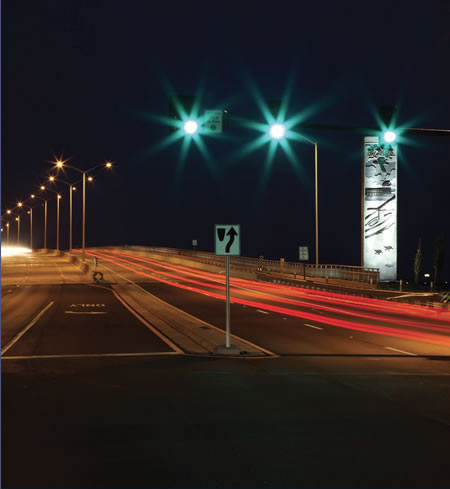
The Bay St. Louis Bridge, rebuilt after the hurricane with local art incorporated into the structure. Photo by John Thomas Photography |
Grace and the remaining board members searched for a building to renovate for more than four years, eventually finding an abandoned, historic building scheduled to be demolished. The first grant the theater company received from MAC was used to purchase the building, while a second grant supported the purchase of furniture and light and sound technology. The first season in the new theater sold out for every performance. The theater has just received its third MAC grant, which it plans to use to attach a larger, state-of-the-art theater onto its current space.
With all the progress Mississippi Arts Commission has made since Hurricane Katrina, it would be easy to see why it might continue to focus exclusively on rebuilding. But the commission cannot help but push excitedly toward the future, especially when it comes to the creative economy in the state. MAC produced a study, undertaken in partnership with the Mississippi Development Authority, Realizing the Economic Potential of Creativity in Mississippi, which revealed that about 61,000 Mississippians are employed in the arts, about three percent of the total state's employed population. The report suggested that the arts could be incorporated not just into schools, but also different sectors of the economy, such as pairing artisans with farmers.
White is ready to incorporate art statewide throughout Mississippi. He noted, "Creativity and innovation are the new currency in this global economy, and Mississippi has a rich and diverse inventory of assets."
—Diana Metzger is a candidate for an MFA in creative writing at American University in Washington, DC.



